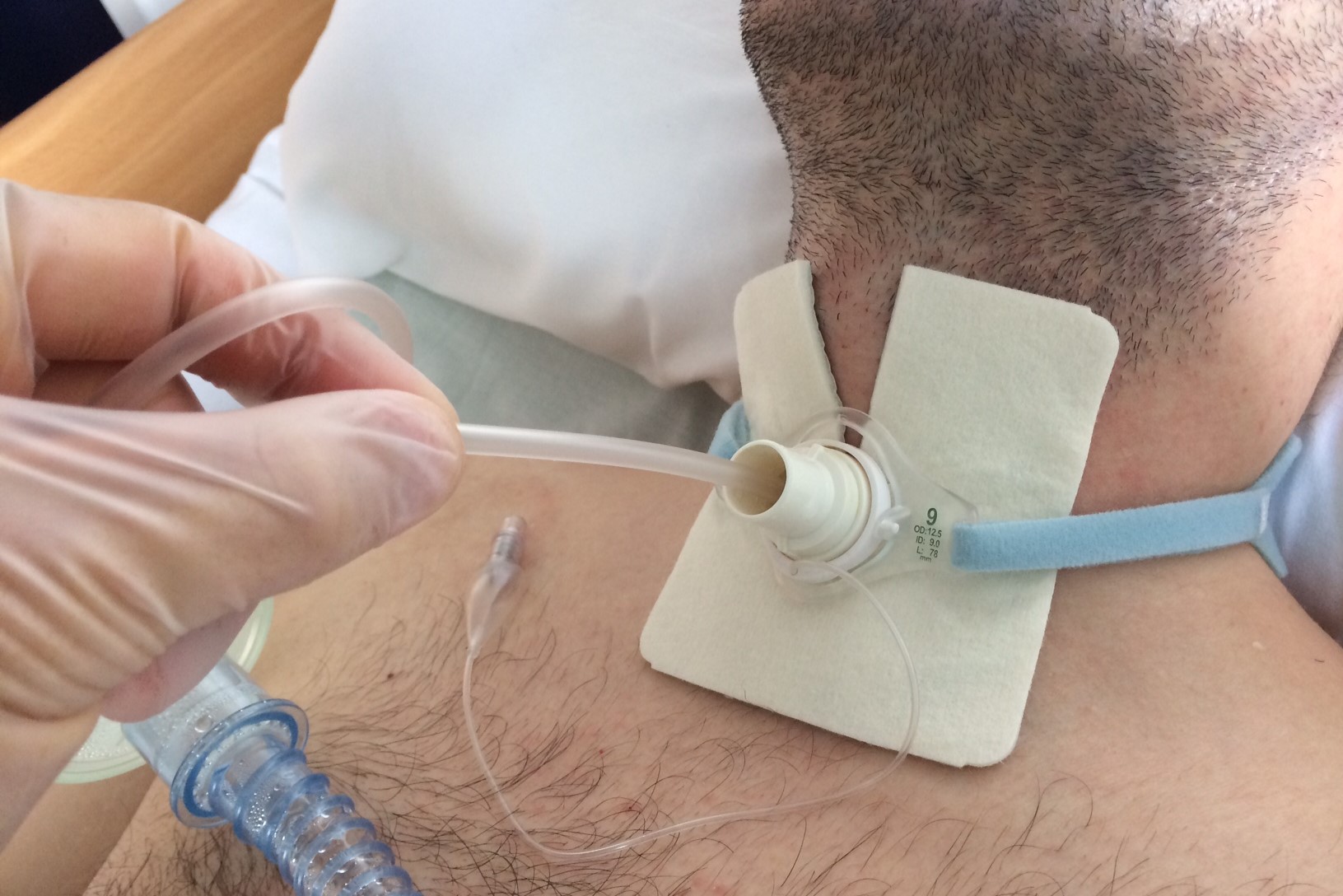
Difference between tracheotomy and tracheostomy
Tracheotomy in the medical field refers to a surgical procedure characterised by the surgical incision of the trachea, with the aim of creating an alternative airway in the patient’s neck to the natural mouth/nose
Tracheostomy in the medical field refers to a surgical procedure used to create an opening (or stoma) in the neck, at the level of the trachea.
This is done by joining the edges of a skin incision, made in the neck, to the tracheal tube.
Once the two openings are connected, a small tube, called a tracheostomy cannula, is inserted, which allows air to be pumped into the lungs and to breathe.
Tracheostomy is usually a long-lasting remedy.
Tracheotomy and tracheostomy: temporary or permanent?
In both cases, it is clear that the objective is common and is to allow breathing in individuals, who for various reasons – temporary or permanent – cannot breathe physiologically.
However, the two terms are not synonymous and indicate different techniques, used in different pathologies and conditions, although in some cases they overlap.
Tracheotomy involves the creation of an ever-temporary opening in the trachea, performed with a simple incision in the neck through which a tube is inserted to allow air to pass; tracheostomy, on the other hand, is often (but not necessarily) permanent and involves a modification of the tracheal tract.
Tracheotomy: when is it performed?
This operation is performed in various situations, for example:
- routinely in patients requiring endotracheal intubation for periods usually longer than a week (e.g. prolonged coma);
- at the beginning of head and neck surgery that makes intubation through the mouth impossible;
- in emergencies, in the event of upper airway obstruction preventing normal breathing.
At the end of intubation, surgery and emergencies, the tracheotomy is removed, unless it is indispensable for unforeseen reasons.
Tracheostomy: when is it performed and when is it not permanent?
Tracheostomy is usually performed as a permanent remedy in all situations (serious or non-serious) in which recovery of normal respiratory capacity is not expected.
Typical cases of tracheostomy use are:
- in cases of respiratory insufficiency (in case of ictu, coma, paralysis, amyotrophic lateral sclerosis (ALS), multiple sclerosis, etc.)
- in the event of blockage/obstruction of the upper airway (e.g. from laryngeal cancer);
- in the event of fluid accumulation within the lower airways and in the lungs (in the event of trauma, severe infection or pathologies that prevent coughing, such as spinal muscular atrophy)
When the respiratory disorder is prolonged but treatable, the tracheostomy may represent a temporary solution, but of moderate duration, applied while waiting for the patient to recover: when the pathology has been cured, the tracheostomy can be removed.
Read Also:
Emergency Live Even More…Live: Download The New Free App Of Your Newspaper For IOS And Android
UK / Emergency Room, Paediatric Intubation: The Procedure With A Child In Serious Condition
Endotracheal Intubation In Paediatric Patients: Devices For The Supraglottic Airways
Sedation And Analgesia: Drugs To Facilitate Intubation
Anxiolytics And Sedatives: Role, Function And Management With Intubation And Mechanical Ventilation
New England Journal Of Medicine: Successful Intubations With High-Flow Nasal Therapy In Newborns
Intubation: Risks, Anaesthesia, Resuscitation, Throat Pain
Tracheostomy During Intubation In COVID-19 Patients: A Survey On Current Clinical Practice



